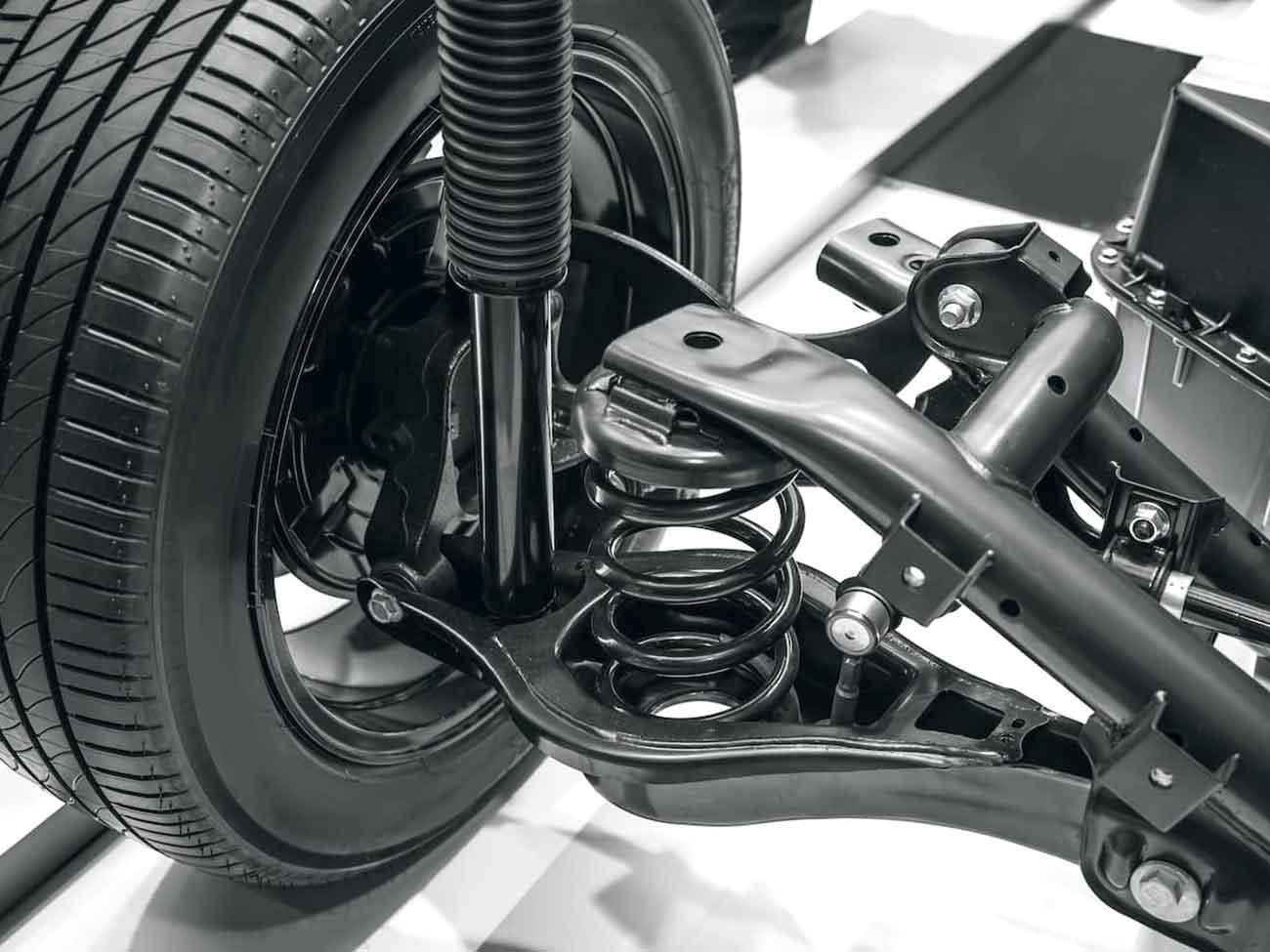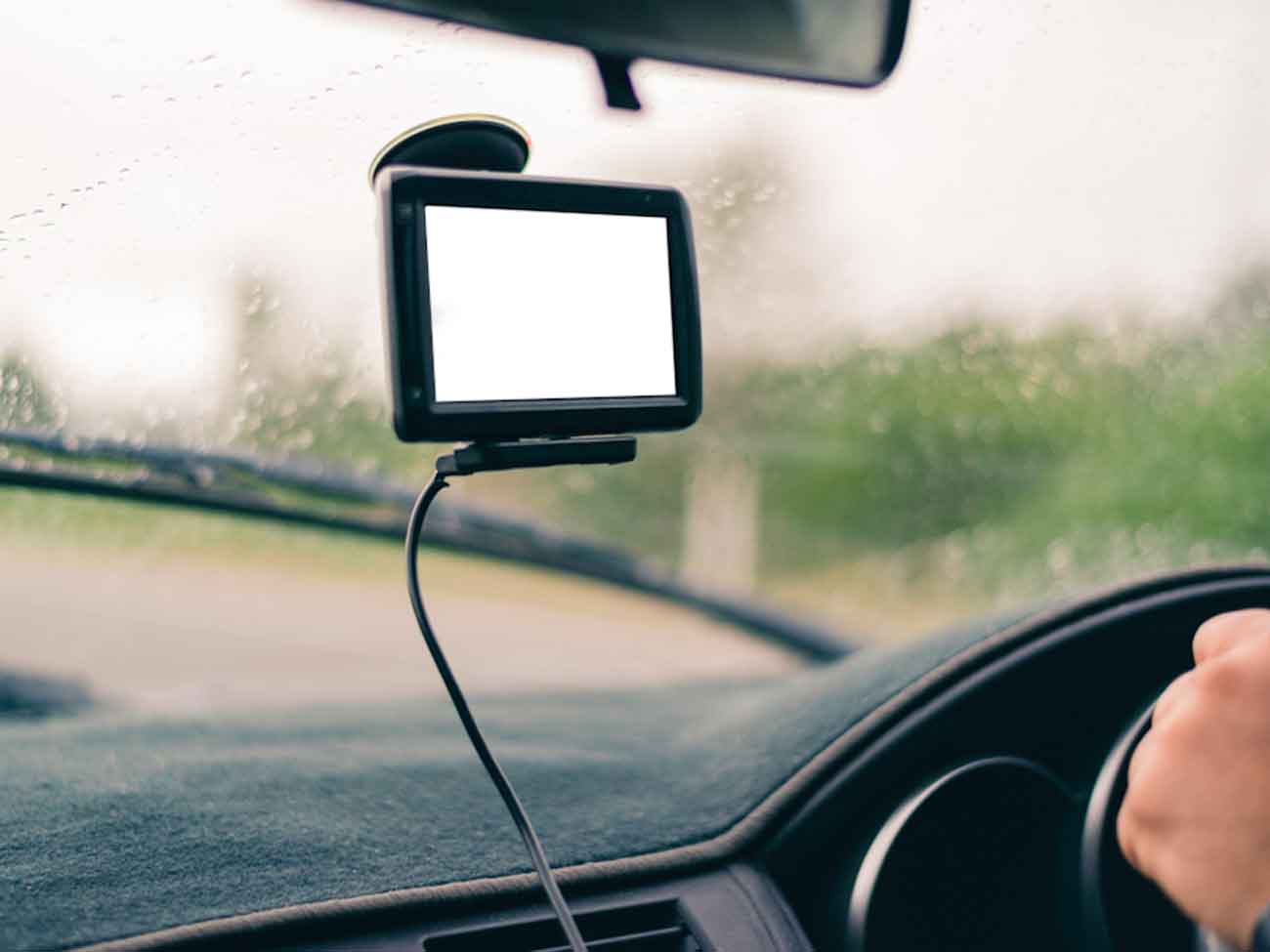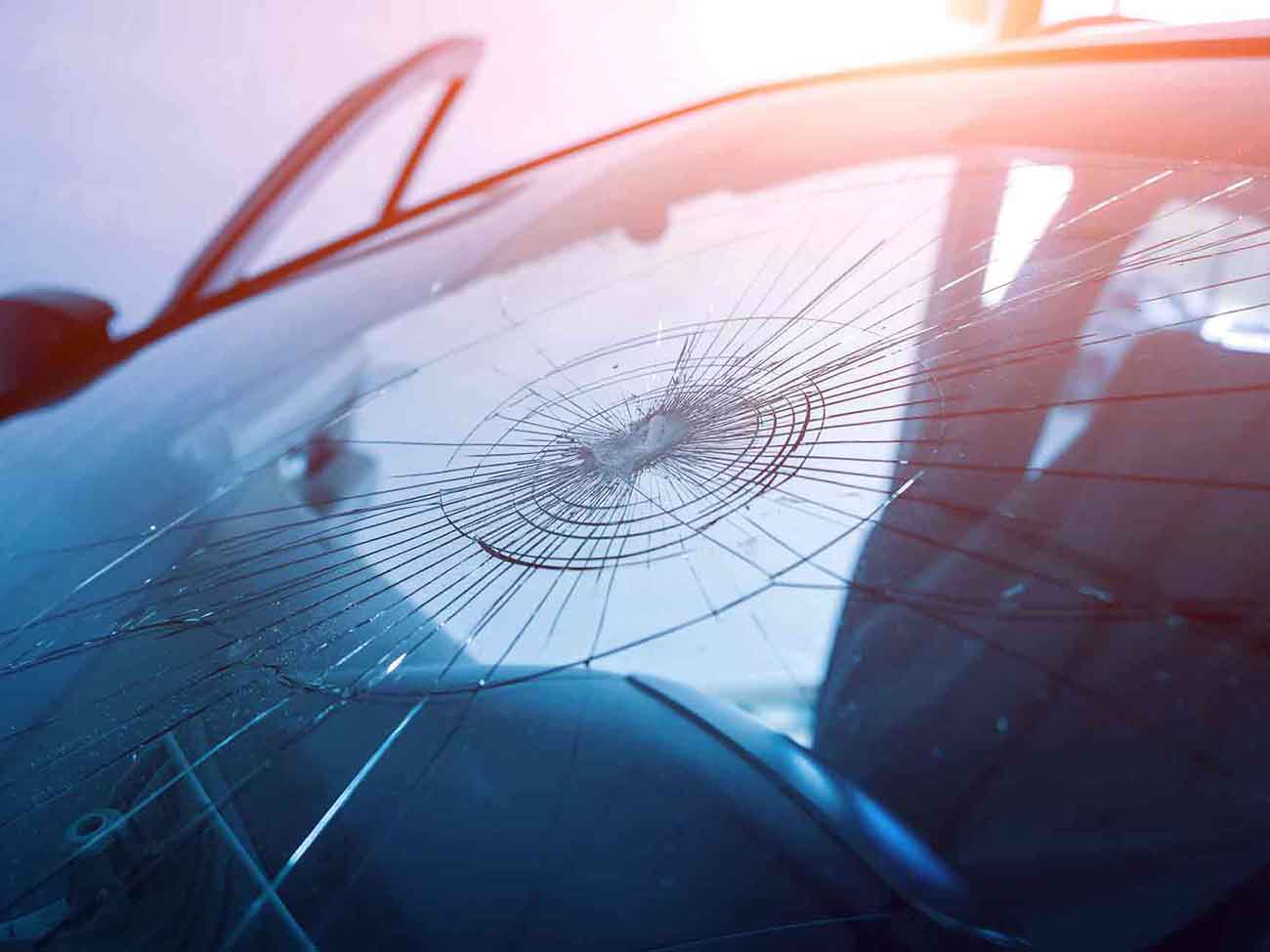An MOT refers to the annual test required to keep most vehicles roadworthy and stands for Ministry of Transport - the government department responsible for the roads when MOT tests were introduced in 1960. MOTs were designed to stop people from driving vehicles with potentially dangerous issues, the MOT test checks the safety, roadworthiness and emissions of vehicles on UK roads.
What does an MOT test check?
An MOT technician will check the Vehicle Identification Number (VIN) is present and legible, the registration plate is secure and legal, as well as checks on the lights, steering, suspension, wipers, windscreen, horn, seats, seatbelts, fuel system, emissions, bodywork, doors, mirrors, wheels, tyres and brakes.
An MOT test does NOT check the engine, gearbox or clutch.
What are the common failures and how can you overcome them?
Lights

The biggest culprits behind MOT failures are the lights but they are very easy to check yourself with a quick sight check. Turn your car lights on and walk around the car to check they all work as they should. Ask someone to hold down the brake pad so you can check your brake lights, and to toggle the indicator so you can check them too. Don't forget the lights on your number plate!
Broken lights are often the result of a blown fuse and can be replaced easily.
Suspension

Checking your car's suspension isn't quite as easy as checking its lights, but you can carry out some simple checks. When out driving, take note of any noises your car may make, particularly on bumpy or uneven roads, and around corners. You'll want to pay particular attention to strange clunking sounds.
When parked, check that your car is sitting level, in that it's not dipping over one side or one corner, and that it's not too high or too low. Push down on each corner of your car and gauge how well it returns to normal - if it's bouncing up and down a few times, instead of a controlled return, your car may have suspension issues.
If any of these tests give you cause for concern, you can ask a trusted mechanic to take a look at your car ahead of your MOT.
Brakes

Brakes are obviously a highly crucial part of any vehicle and need to be in sound working order, but 1 in 10 MOT failures are due to a problem with the braking system. There are some ways you can check your brakes for issues before taking your car in for its MOT.
When out driving and you apply the brakes, listen to your car. Any grinding or squealing can indicate that your brake pads have worn and may need replacing. If your car pulls to one side when braking, your pads are unlikely uneven.
You can inspect the brake pads visually by looking through the wheel. A key indicator is its thickness; if it is less than a quarter of an inch, it needs replacing. For brake discs, which can be found next to the pads, you need to check for rough spots or grooves in the disc - slight lines are to be expected and are not cause for concern.
Checking (and replacing where necessary) the brake pads and discs before an MOT can prevent a failed MOT.
You should also check that the handbrake will hold your car steady on a hill.
Tyres

Tyres are the only parts of a vehicle that should ever touch the road, so they go through a lot of wear and tear. One of the easiest ways to check your tyre tread is by using a 20p coin - you should be able to insert the coin into the tread and not see the outer band. This video explains how to conduct this test.
As well as the 20p test, you can also feel the tyre to check for uneven wear which can be a symptom of poor inflation or misalignment. You should also visually check for lumps or cuts, both of which can lead to dangerous blowouts and should be resolved immediately.
Issues affecting driver's view of the road
Anything that can impair the driver's view of the road can cause a healthy car to fail its MOT - these can include anything from chips and cracks in the windscreen to air fresheners hanging from the rear-view mirror and sat-nav cradles obscuring the driver's view.


These are very easy to check simply by sitting in the driver's seat and paying attention to anything that may block your view of the road.
Other factors that may impact the driver's view of the road are the bonnet (particularly ensuring that there is no danger of it opening while in transit) and checking that the windscreen wipers work as they should and don't smear the glass.
It's a good idea to top up your screenwash before your MOT.
Exhaust
Increasing attention is on car exhausts these days as the government looks to reduce emissions, so making sure your exhaust is in good working order before an MOT is definitely a good idea.
A visual check will help you identify any rust or corrosion, and listening to your exhaust as you drive around should highlight any loose or missing parts. Assuming your car is roadworthy, taking it out for a motorway drive before your MOT can help clear the system out.
Seatbelts

You can check your seatbelts work by getting into each seat and securing the seatbelt around you, ensuring that it operates and retracts easily, and stops when suddenly pulled.
Our Autocentre staff are highly trained mechanics and work to RAC Approved Preparations Standards, meaning they are thorough and compliant when it comes to maintaining your vehicle - whether that is for an MOT or a tune-up.
Book your MOT with Carbase or find out more about our Autocentres.
More Useful Articles

Taking Care Of Your Tyres
Your tyres are a crucial part of your car and the only part of your vehicle that touches the ground ...

£0 Deposit Flexible Finance Deals
Yes, £0 deposit! Here at Carbase, we can help you drive away a new vehicle with no deposit ...

Top Tips For Reducing Fuel Consumption
Even with the cost of fuel having come down slightly, it is still far above prices we are used to seeing ...
